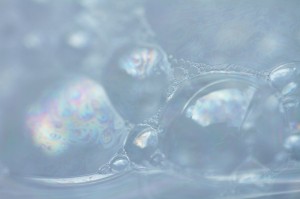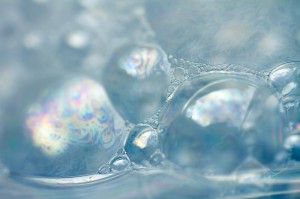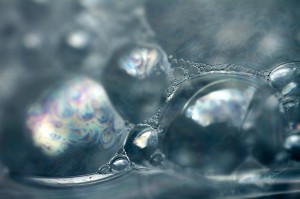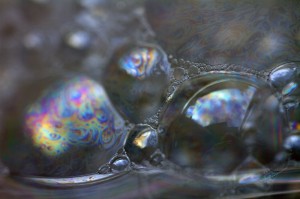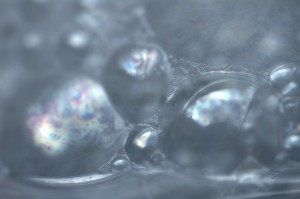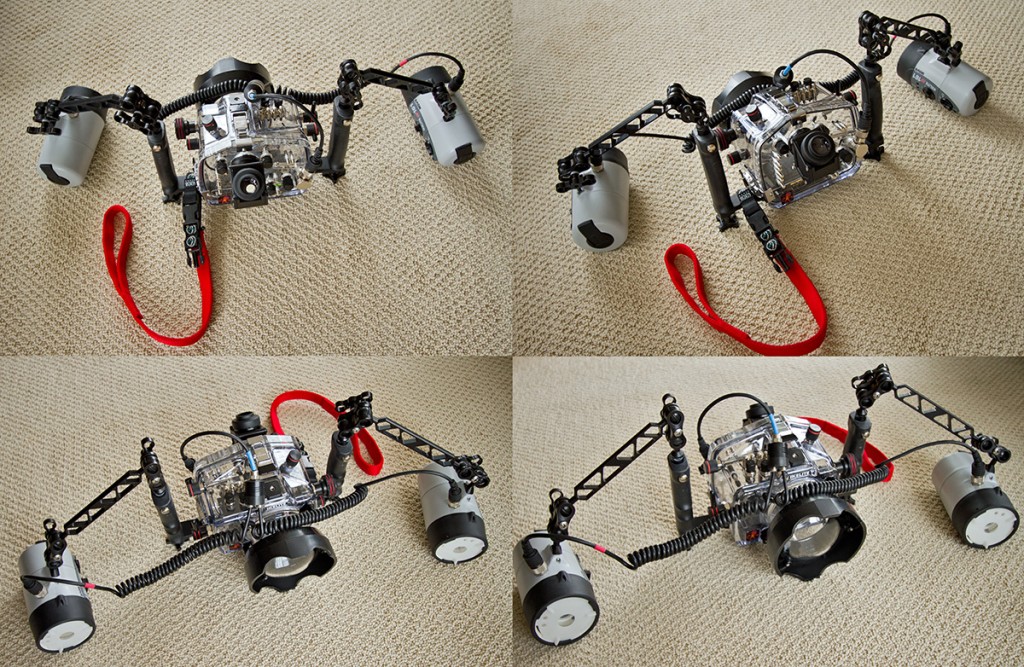Looking around a bit on the web, you’ll find Photographers recounting the situation that they seem to be considered a special group who potential clients imagine take photos solely for the joy of it, and therefore will be happy to license images for use without compensation beyond the mention of their name.
I’m pretty sure most people are not routinely asked to provide the fruits of their chosen labor in exchange for nothing but a whisper of their name. Photography can be an expensive, gear intensive endeavour, which is amplified in my specific interest area by the added cost of life support (SCUBA gear) and specialised underwater camera gear, as well as the cost to hire boats with surface support and remote lodgings.
I won’t go ‘long form’ with the arithmetic, however if you consider the cost of dive shoots and amortising the cost of equipment (photographic, computer and SCUBA), it costs approx. $500/publishable image, not including the hours of my time before, during and after any shoot (or the training and years of practice).
While I appreciate that many people find my images interesting and engaging, the commoditisation of Photography has made it a challenge for it to be self-supporting endeavour. The link below outlines this well, and the YouTube clip below uses humour to further make the point.

